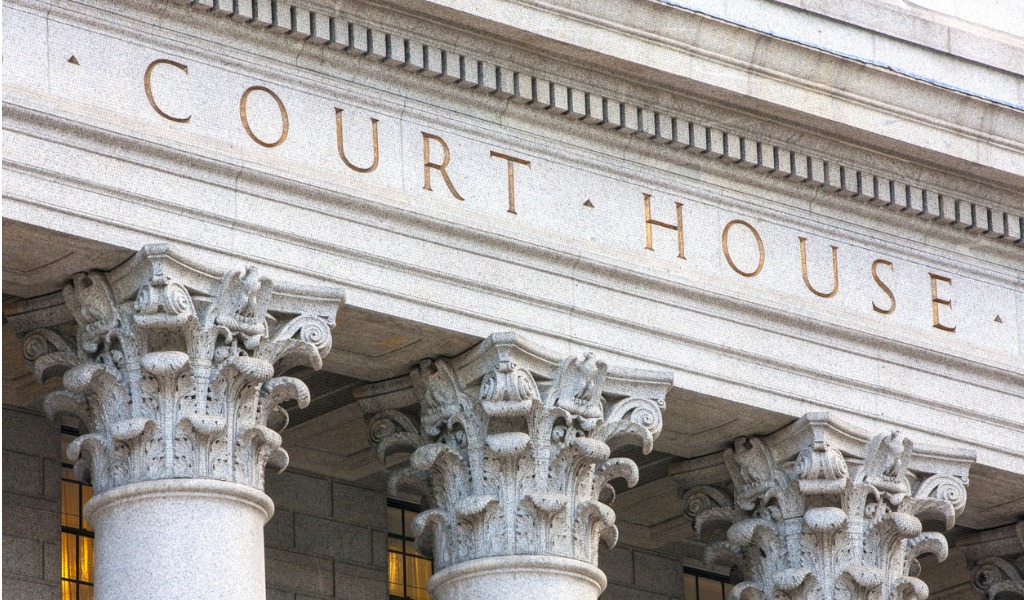What happens when an irresistible force meets an immovable object? That question comes to mind in reading two recent high-level decisions on limitation periods.
Certainty that the Court of Appeal for Ontario may have created in its January 2021 decision of Kaynes v. BP p.l.c.1 , may now be clouded by the Supreme Court of Canada’s July 2021 decision in Grant Thornton LLP v. New Brunswick2.
Kaynes is an intricately reasoned landmark analysis by Justice Feldman (for the Court) of the Ontario Limitations Act, 20023 (LA2002) and the fraught issue of when a claim – as opposed to a cause of action – is discovered for limitation purposes, notably under the four subparagraphs of paragraph 5(1)(a).
The Supreme Court’s decision in Grant Thornton presents Justice Moldaver’s pointed and fairly summary reasoning (for the seven Judge panel) of when a claim is discovered under the three subsections of subsection 5(2) of New Brunswick’s Limitation of Actions Act4 (LAA).
The Court of Appeal’s analytical granularity in Kaynes contrasts with the Supreme Court’s sweeping generality in Grant Thornton. Only time will tell whether the two decisions are destined to collide, or to endure on parallel paths.
In the following paragraphs, we will look at the two decisions separately. We will then compare them to discern – try to discern – if the Ontario limitations landscape has been changed by Grant Thornton, or whether (and where) Kaynes still rules.
Kaynes v BP p.l.c.
Facts
Peter Kaynes was aggrieved by the BP Deepwater Horizon explosion of 2010. He started a class action. On behalf of his fellow BP shareholders, Kaynes claimed that BP had made pre-explosion securities misrepresentations about its operational safety and ability to respond to an oil disaster. This, he said, had artificially inflated BP’s stock price. After the explosion, Kaynes alleged, BP revised its disclosure documents to correct the misrepresentations, which brought about a significant drop in the share price.
The hapless Mr. Kaynes tried six times to gain redress, five times in Canada and once in the U.S. We’ll spare you the long and winding history. Suffice it to say that in November 2012, Kaynes sued for secondary market misrepresentation under section 138.3 of the Ontario’s Securities Act5, and common law negligent misrepresentation (the latter allegation was withdrawn soon after). In 2017, Kaynes narrowed his approach to advance the Securities Act allegations.
BP responded that the claims were statute-barred under the Securities Act’s three-year limitation period.
Then, in 2019, Kaynes delivered another amended statement of claim. For the first time, he alleged fraudulent misrepresentation.
BP moved for an order declaring the fraudulent misrepresentation claim as statute-barred per the LA2002, under the question of law rule, 21.01(a), of the Ontario Rules of Civil Procedure6. BP argued that Kaynes had discovered the claim – i.e., that he knew or ought to have known of it – more than two years before making the claim. Kaynes resisted. He argued that when discoverability is in issue, limitations questions are not appropriate for rule 21 motions.
First Instance: 2019 ONSC 6464
Justice Perell granted BP’s motion and dismissed Kaynes’ action. His Honour found that the two-year limitation period began to run when BP made corrective disclosure in June 2010.7 This, he said, was when BP’s alleged misrepresentations were discoverable.8
Perell J. concluded alternatively that Kaynes would have discovered BP’s fraudulent intent by 2010, from U.S. litigation against BP.9
Court of Appeal: 2021 ONCA 36
Kaynes appealed. The Court of Appeal upheld Justice Perell’s order and agreed that the limitations issue could be determined on a Rule 21 motion.10 But the Court did not accept his reasoning. Justice Feldman found that BP’s fraud was discoverable in July 2015, not in 2010.
Justice Feldman disagreed with Perell J. that Kaynes’ claim for fraudulent misrepresentation was discovered when BP admitted to making the misrepresentations. Rather, she held, a claim for fraudulent misrepresentation is only discovered under s. 5 of the LA2002 if the plaintiff knows or ought to have known that the defendant knew that the misrepresentation was false.11
Further, as a claim necessarily involves a legal remedy, the act or omission that must be discovered is one that will give rise to a legal remedy, i.e., a cause of action.12 With fraudulent misrepresentation, which Kaynes was advancing, the act or omission that must have been discovered is a misrepresentation “made with knowledge that the representation was false, an absence of belief in its truth or recklessness as to its truth”.13
To read the full article, please click on the the hyperlink:
Kaynes v BP p.l.c., 2021 ONCA 36 [Kaynes 2021].
2. Grant Thornton LLP v New Brunswick, 2021 SCC 31 [Grant Thornton].
3. SO 2002, c 24, Sched B.
4. SNB 2009, c L- 8.5.
5. RSO 1990, c S.5, s138.3
6. Courts of Justice Act, RSO 1990, Reg 194
7. Kaynes v BP p.l.c, 2019 ONSC 6464 at para 65 [Kaynes 2019].
10. Kaynes 2021, supra note 1 at para 76.
12. Ibid at para at para 64.
13. Ibid at para 59.











